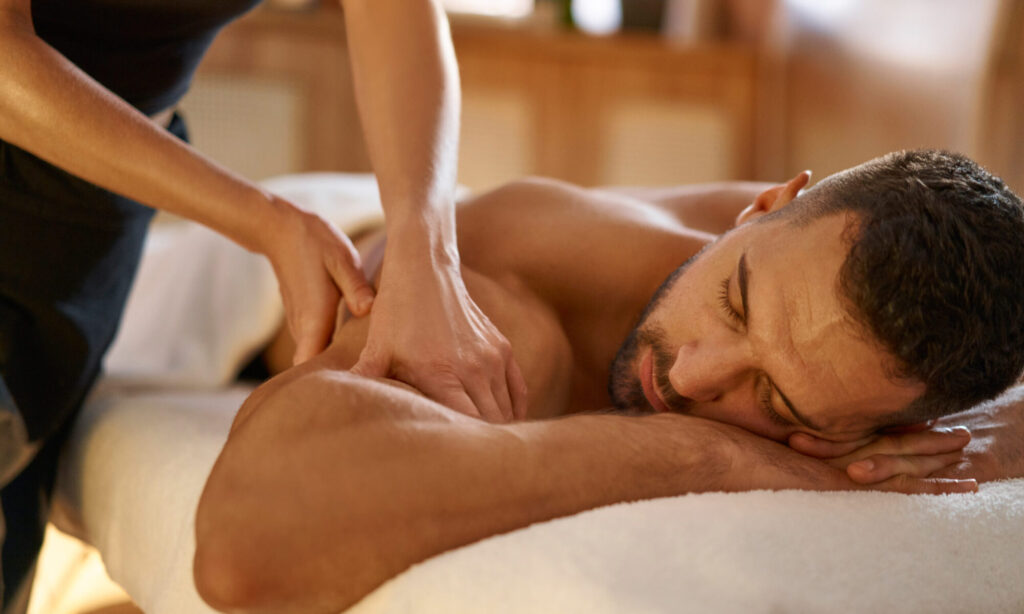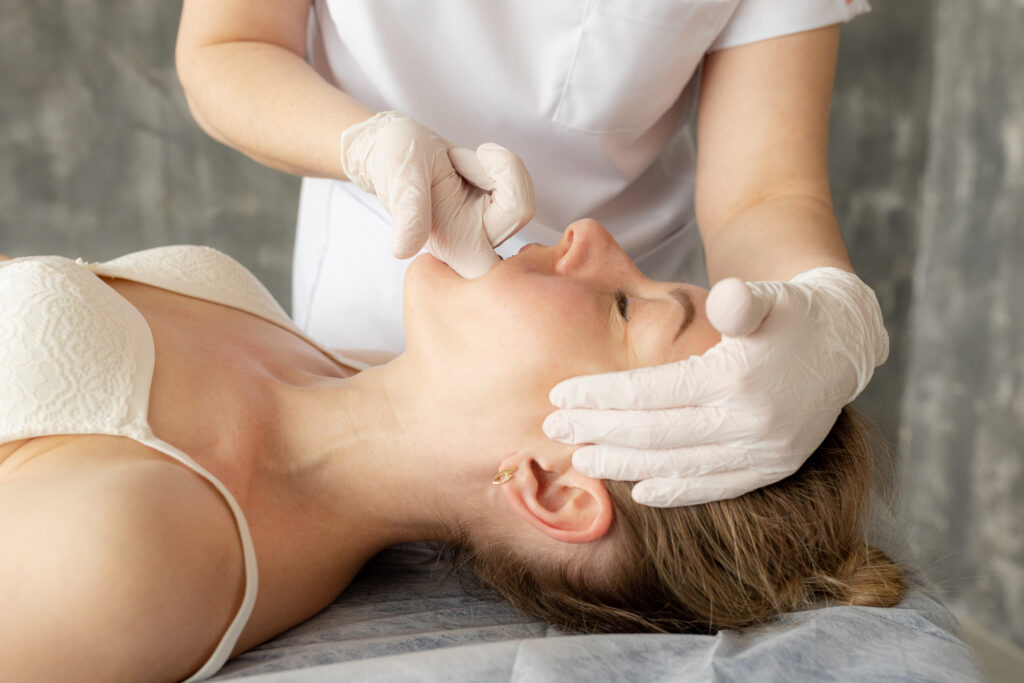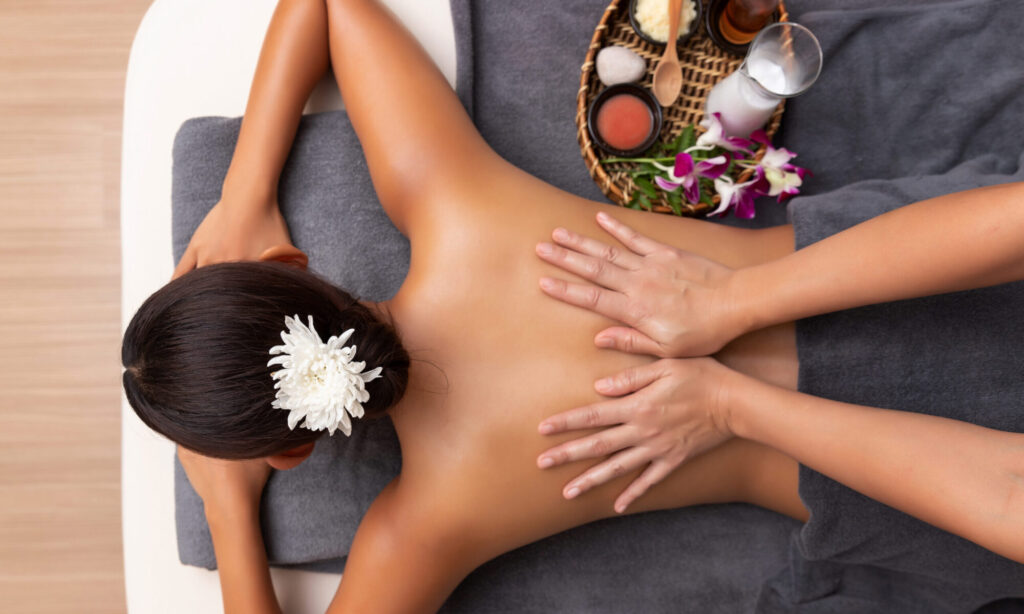
A deep tissue massage is a type of therapeutic massage that focuses on reaching the deeper layers of muscles and connective tissue (fascia). It uses slow, firm pressure and deep strokes to target areas of tension and pain, often caused by stress, injury, or overuse.
- Pressure: Stronger than a Swedish massage, often intense but not meant to be painful.
- Focus Areas: Chronic muscle tension, knots (adhesions), and stiff areas like the neck, shoulders, lower back, and legs.
- Techniques Used: Stripping (deep pressure along muscle fibers) and friction (pressure across muscle grain).
- Benefits:
- Reduces chronic pain and inflammation
- Improves blood flow and range of motion
- Breaks up scar tissue
- Relieves stress and improves posture
It’s commonly used for athletes, people with physically demanding jobs, or those with chronic pain issues like fibromyalgia or sciatica.

Sports Massage (Pre/Post Event) (Primary Service)
Purpose: To improve performance, reduce recovery time, and prevent injury before or after physical activity.
How it works: Tailored to your athletic schedule and needs — it may be energizing pre-event or deeply restorative post-event.
What to expect:
- Dynamic stretches, compression, deep pressure, and movement-based techniques
- Focus on specific muscle groups used in your sport or daily activity
- Faster-paced pre-event, slower and deeper post-event
Best for:
- Athletes and fitness lovers (from weekend warriors to pros)
- People recovering from workouts or preparing for physical demands
- Improving flexibility and reducing muscle tightness
- Preventing injury or muscle strain

Myofascial Release
Purpose: To gently stretch and loosen the fascia (the connective tissue surrounding muscles) to improve mobility and relieve chronic tension.
How it works: Uses sustained, gentle pressure over time — targeting areas where fascia has become restricted.
What to expect:
- Gentle, slow, and still movements held for 90 seconds or more
- Minimal lotion or oil; more skin contact
- Focused on areas with stiffness or long-term restriction
Best for:
- Chronic pain (e.g., fibromyalgia, back or shoulder tightness)
- Decreased flexibility or postural imbalances
- Complementing deeper bodywork techniques
Trigger Point Therapy
Purpose: To deactivate trigger points (tight, painful knots that refer pain elsewhere in the body).
How it works: Direct pressure is applied to the knot until it softens and releases, often followed by stretching.
What to expect:
- Brief, targeted pressure to “hot spots” in muscle tissue
- Possible referral pain during pressure (e.g., pressing your shoulder hurts your arm)
- Relief after the point releases
Best for:
- Headaches, jaw pain (TMJ), or neck/shoulder tension
- Referred pain (pain that radiates elsewhere from a muscle knot)
- Anyone with chronic muscle tightness that’s hard to pin down
Assisted Stretch Therapy
Purpose: To increase flexibility, reduce stiffness, and promote better posture and performance through guided stretching.
How it works: Therapist gently stretches specific muscle groups while you remain relaxed and breathe.
What to expect:
- Passive or active stretching depending on your needs
- Therapist may hold limbs or apply pressure for deeper range
- Great for tight hips, hamstrings, shoulders, or back
Best for:
- Athletes or those with limited mobility
- Desk workers or caregivers with repetitive strain
- Anyone looking to improve flexibility and joint health
Relaxation Massage

Purpose: To calm the nervous system, reduce stress, and promote overall well-being.
How it works: Gentle strokes, flowing movements, and light-to-medium pressure to soothe muscles and relax the mind.
What to expect:
- Full-body session with rhythmic, nurturing techniques
- Soft music, warm table, and calming atmosphere
- You may fall asleep (and that’s a good thing!)
Best for:
- High-stress lifestyles, anxiety, or emotional exhaustion
- Sleep issues or tension headaches
- Anyone needing a nervous system reset
